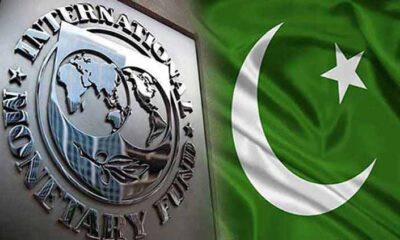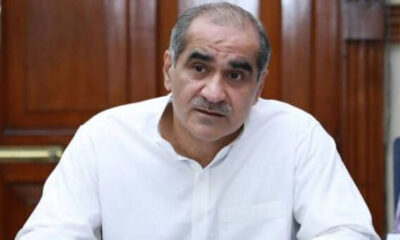- FRB member says govt making efforts for signing EDI agreements.
- Says vigilance increased in bordering areas to curb terror financing.
- FBR would devise action plan to curb mis-invoicing, smuggling.
ISLAMABAD: About 90% of the dollars are being hoarded in Pakistan while currency smuggling has just a 10% share, revealed a member of the Federal Board of Revenue (FBR) while talking about the assessment carried out by the board.
According to The News, Mukarram Jah Ansari — who is an FBR member — said that the customs department has increased vigilance at the entry and exit points of the country including airports to prevent currency smuggling.
“It’s the responsibility of other regulators and law-enforcement agencies to take action against those involved in speculation and hoarding of the greenback. We have found that the US dollar is cheaper in the neighbouring country; however, we have increased our vigilance in the bordering areas to curb terror financing,” he said.
Ansari said that the FBR seized dollars and Saudi Riyals in a few instances. However, as per the assessment, there is only 10% smuggling, while 90% is hoarding of dollars in the country.
The FBR member also said that the government is making efforts for signing the Electronic Data Integration (EDI) agreements with different Central Asian Republics (CARs) — Russia and the United Arab Emirates (UAE) — to curtail mis-invoicing and under-invoicing.
He dwelt upon various issues for bringing reforms into customs for improving the overall performance of the tax collection agency. He said Pakistan and China had signed an EDI agreement and both sides were exchanging trade data electronically.
After hectic efforts, he said, China agreed to extend the aggregate value of goods on a quarterly basis. Now discrepancy in the bilateral trade-related data has decreased significantly and is less than $3 billion, which a few years back possessed a difference of over $6 billion on per annum basis.
He said the customs department joined hands with the Pakistan Institute of Development Economics (PIDE) for conducting studies on mis-invoicing and smuggling with the mandate to come up with the exact levels. The result of the studies would be available by the end of the ongoing financial year 2022-23, he added.
He said the FBR would devise an action plan in order to curb mis-invoicing and smuggling. It’s relevant to narrate that the multi-billion dollar losses are estimated to harm the economy in the wake of under-invoicing on an annual basis.
To another query about the EDI agreement, the FBR member said the government would move ahead with signing EDI agreements with Uzbekistan and other CARs — Russia, North Africa and the UAE.
He said Pakistan Single Window and China Single Window would cooperate under the agreement. He said the manual One Customs would be closed down by March 2023 and WeBOC (Web-based One Customs) would be placed.
Ansari said the work on PSW was underway, as 77 entities would be integrated for the clearance of goods at entry and exit points in the country. The State Bank of Pakistan and commercial banks would integrate under the PSW soon.
The FBR member said in order to control currency smuggling, they had developed an electronic application that would be launched within the ongoing month.
He said that this application will help declare currency through an online application and then scanning will share the whole information with the customs departments at airports, adding that the customs took stern action against Kheppeas and over two dozen FIRs were registered and persons involved were also arrested to penalise those involved in currency smuggling.
Ansari said he had instructed the collectorates to select 10 cases in each jurisdiction every month and offered them to settle the cases through the Alternative Dispute Resolution Committee (ADRC). He said the mechanism for ensuring barter trade would be finalized, which would help promote regional trade in the context of Iran and other states.

 Latest News2 days ago
Latest News2 days ago
 Latest News20 hours ago
Latest News20 hours ago
 Education3 days ago
Education3 days ago
 Business3 days ago
Business3 days ago
 Business3 days ago
Business3 days ago
 Latest News3 days ago
Latest News3 days ago
 Latest News2 days ago
Latest News2 days ago
 Latest News3 days ago
Latest News3 days ago





















